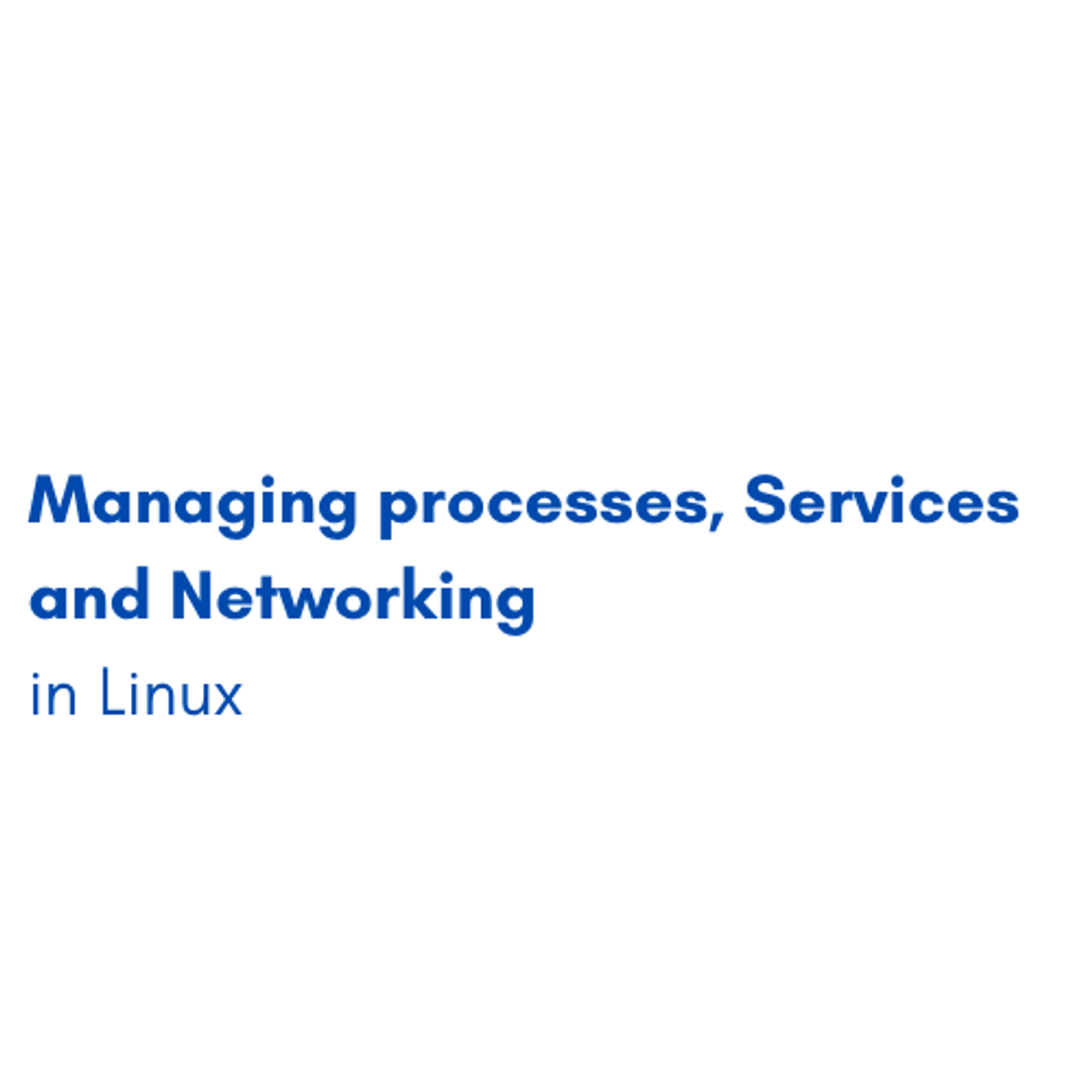Back to Courses









Information Technology Courses - Page 13
Showing results 121-130 of 1471

Interacting with Vault Policies
This is a self-paced lab that takes place in the Google Cloud console.
In this hands-on lab, you will learn to write and use Vault Policies.

Serverless Orchestration with Workflows
This is a self-paced lab that takes place in the Google Cloud console.
In this lab you will connect Cloud Functions and Cloud Run services with Workflows and connect two public Cloud Functions services, one private Cloud Run service, and an external public HTTP API into a workflow.

Ingesting HL7v2 Data with the Healthcare API
This is a self-paced lab that takes place in the Google Cloud console. In this lab you will discover and use the basic functionality of Cloud Healthcare API using HL7v2 messages.

Cloud Computing Law: Transactions
Have you ever wondered what’s in the small print of cloud contracts? Or who owns the information you upload to the cloud? And who can access and control it? If so, then this course is for you! You’ll learn to identify the legal risks involved in cloud computing transactions - and to suggest possible solutions.
To understand how cloud computing works, we’ll first describe different kinds of cloud services and explain how they differ from in-house IT in terms of control, access, and cybersecurity. To understand how the law applies to cloud computing transactions, we’ll focus on the contracts between cloud providers and their customers. You’ll learn to identify and interpret key contract terms and to assess whether customers might negotiate better terms with providers. Finally, we’ll explain how English law protects trade secrets and copyright works stored in the cloud.
If you’re a lawyer, this course will be your guide to cloud infrastructure and supply chains. If you have a technical or commercial background, this course will introduce you to key legal issues in contracts and intellectual property. In short, if you’re interested in how the law applies to cloud computing, this course is for you.

React Native
React Native is an open-source framework for building cross-platform applications (apps) using React and the platform’s native capabilities. In this course, you will move from the basics of React to a more advanced implementation using React Native. You’ll review a wide range of different React components and ways of styling them. And you’ll get to practice using different mobile methods of interactivity with React Native.
Some of the basics skills you will learn include:
• Building a single-page React Native app and styling it using basic components
• Building large lists and configuring user inputs within a React Native app
• Using the Pressable component to build buttons and other clickable areas
• Setting up an app with React Navigation and moving between screens
You’ll gain experience with the following tools and software:
• React
• React Native
• Front End development languages (HTML, CSS and JavaScript)
• JSX
• Code editing programs, such as Expo and Visual Studio Code
This course is for learners who would like to prepare themselves for a career in mobile development. To succeed in this course, you will need foundational knowledge of React basics, internet navigation skills and an eagerness to code.

Using Query Store in Azure
In this 1-hour long project-based course, you will learn how to (create Azure SQL Server database from Azure portal and with Data Migration Assistant, recognize regressed queries using Query Store and determine top resource consuming queries, get query wait statistics and queries with high variation). Try to limit this to 400-500 characters.
Note: This course works best for learners who are based in the North America region. We’re currently working on providing the same experience in other regions.

Using Cloud Trace on Kubernetes Engine
This is a self-paced lab that takes place in the Google Cloud console. This lab deployings a Kubernetes Engine cluster, then a simple web application fronted by a load balancer is deployed to the cluster. The web app publishes messages provided by the user to a Cloud Pub/Sub topic. You will see the correlated telemetry data from HTTP requests to the app will be available in the Cloud Trace Console.

Applying Machine Learning to your Data with Google Cloud
In this course, we define what machine learning is and how it can benefit your business. You'll see a few demos of ML in action and learn key ML terms like instances, features, and labels. In the interactive labs, you will practice invoking the pretrained ML APIs available as well as build your own Machine Learning models using just SQL with BigQuery ML.

Managing processes, Services and Networking in Linux
By the end of this project, you will be able to monitor and manage your network, services and processes using linux. you will be able to identify RedHat and write basic commands in the shell. Moreover, you will be able to list services and daemons. Finally, you will be able to manage RedHat enterprise linux networking.
The goal of this project is to learn basics about linux in the first task you will be able to open the terminal and know what is the shell and some basic commands

Programming with JavaScript
JavaScript is the programming language that powers the modern web. In this course, you will learn the basic concepts of web development with JavaScript. You will work with functions, objects, arrays, variables, data types, the HTML DOM, and much more. You will learn how to use JavaScript and discover interactive possibilities with modern JavaScript technologies. Finally, you will learn about the practice of testing code and how to write a unit test using Jest.
Popular Internships and Jobs by Categories
Find Jobs & Internships
Browse
© 2024 BoostGrad | All rights reserved